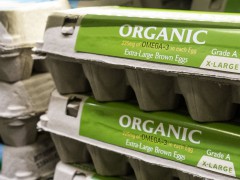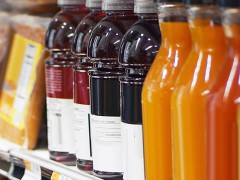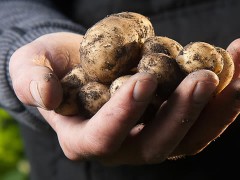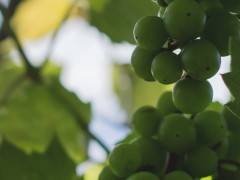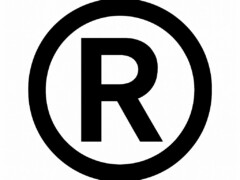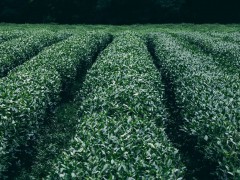—By Gabriella Agostinelli
According to the Centers for Disease Control and Prevention, at least 500,000 children (ages 1-5) in the U.S. are living with dangerously high levels of lead in their blood. Among its many perils, lead exposure can cause brain damage, learning disabilities, lowered IQ and behavioral problems in children. While a single exposure to lead may not cause poisoning, enough exposures will create a long-term accumulation of the toxic metal.
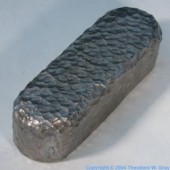
Delicious.
In 2011, California-based non-profit Environmental Law Foundation (ELF) tested 1,500 samples of baby and toddler food from our country’s most popular brands for lead. The results? Three-quarters of the samples contained lead, and many had levels exceeding the state’s legal limit.
The group then initiated a lawsuit against these major brands, which commenced last month. California law requires that food products with chemicals known to cause cancer or reproductive toxicity must be labeled accordingly. See CA HLTH & S § 25249.6. Lead is a reproductive toxin. An exception to this rule exists where a defendant can prove a toxic exposure “will have no observable effect assuming exposure at one thousand (1,000) times the level in question.” § 25249.10
The lawsuit’s legal outcome would force defendants to provide warning labels on their products or face penalties of up to $2,500 per violation per day. However, the group anticipates a more practical outcome: “Everyone assumes that a company selling foods for children will never offer a product for sale that carries a warning label,” says ELF President Jim Wheaton, “They will take the steps their competitors apparently already are taking to offer product[s] with no lead or so low no warning is required.”
Defendants argue that the FDA’s own tests on the products in the lawsuit have only trace levels of lead which do not require a warning and “do not pose unacceptable health risks.” Still, as Rebecca Spector of the Center for Food Safety insists, “There is no limit for what is safe in children’s blood.” Unless the companies can show the lead levels in their products aren’t dangerous at 1000 times their current levels, they may have a hard time winning this battle.
ELF has released their list of tested products on their website as a shopping guide for consumers.
While the companies argue that lead is naturally occurring in their ingredients, Wheaton suggests it could have come from factories’ older food processing equipment. Whatever the source, if lead content information stays off-label, the only mechanism for course correction will be government regulators, not the parent making the purchasing decision.
You can follow Gabriella on twitter @foodlawgal.




